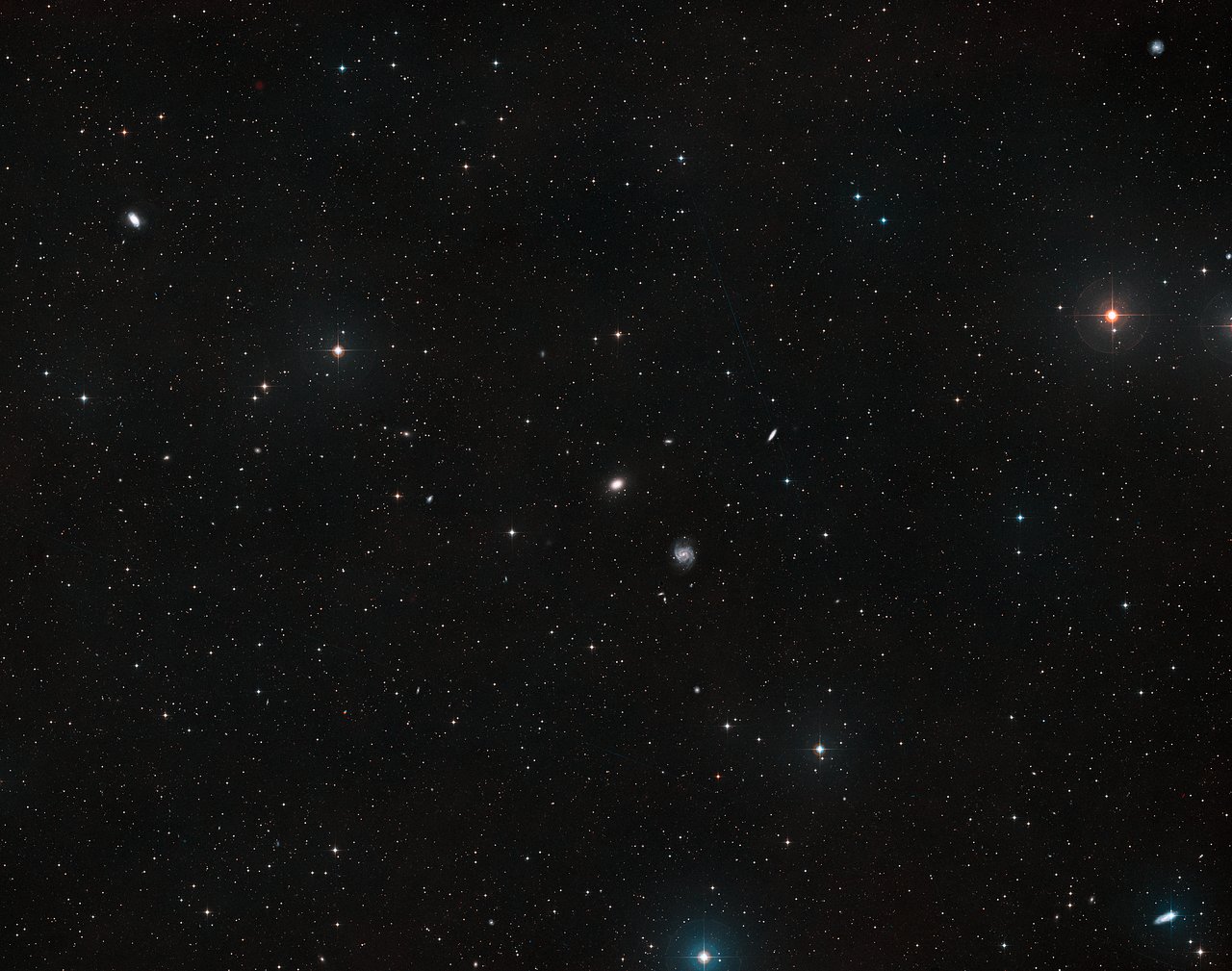One of the greatest cosmological mysteries facing astrophysicists today is Dark Matter. Since the 1960s, scientists have postulated that this invisible mass accounts for most of the matter in the Universe. While there are still many unresolved questions about it – i.e., What is it composed of? How do we detect it? What evidence is there beyond indirect detection? – we have managed to learn a few things about it over time.
For example, astrophysicists have observed that Dark Matter played a vital role in the formation of galaxies and is responsible for keeping them gravitationally bound. However, when an international team of astronomers observed the ultra-diffuse galaxy AGC 114905, they found no evidence of Dark Matter at all. If these observations are accurate, this discovery could force scientists to reevaluate their cosmological models and the way we look at the Universe.
Continue reading “Galaxies Have Been Found With no Dark Matter at all”
